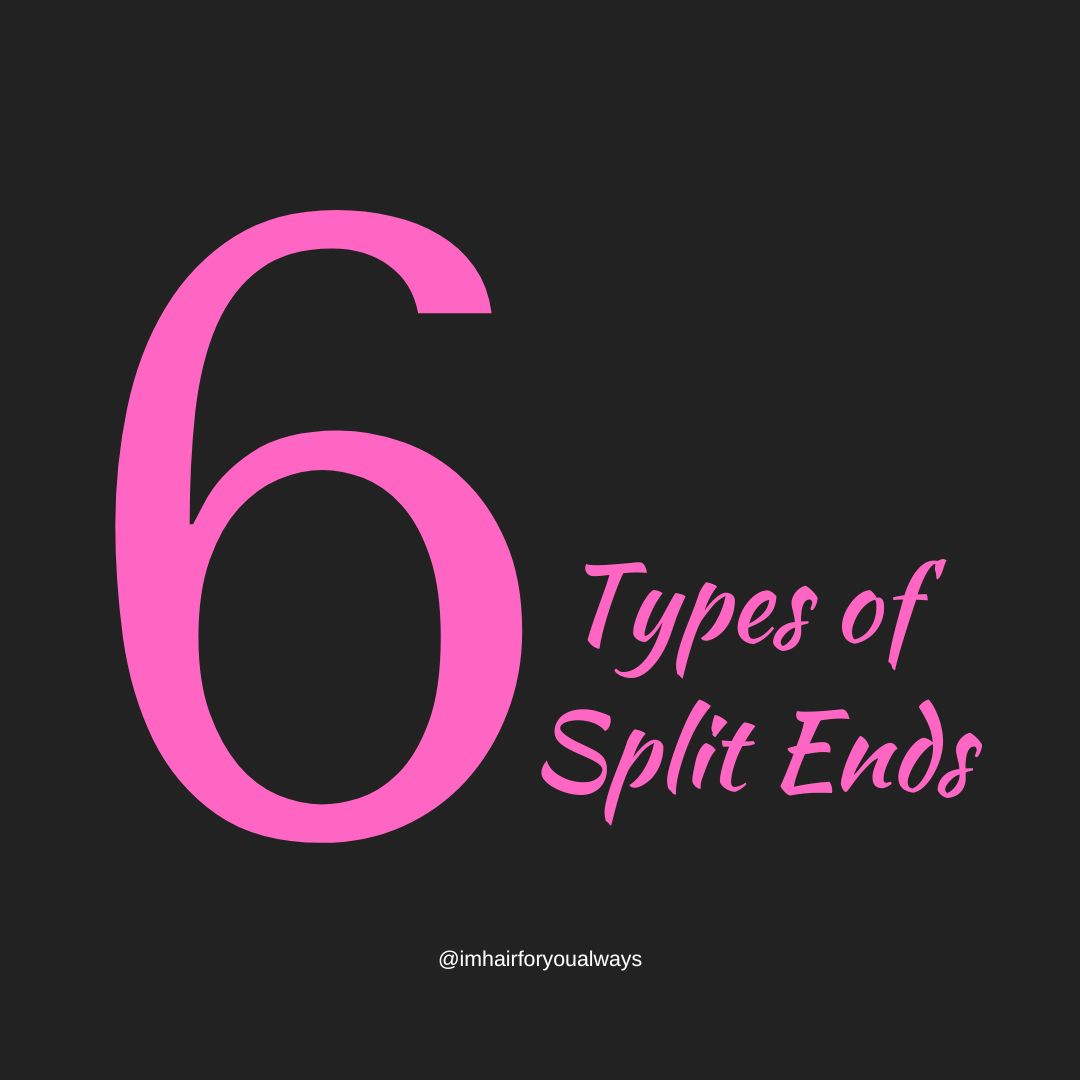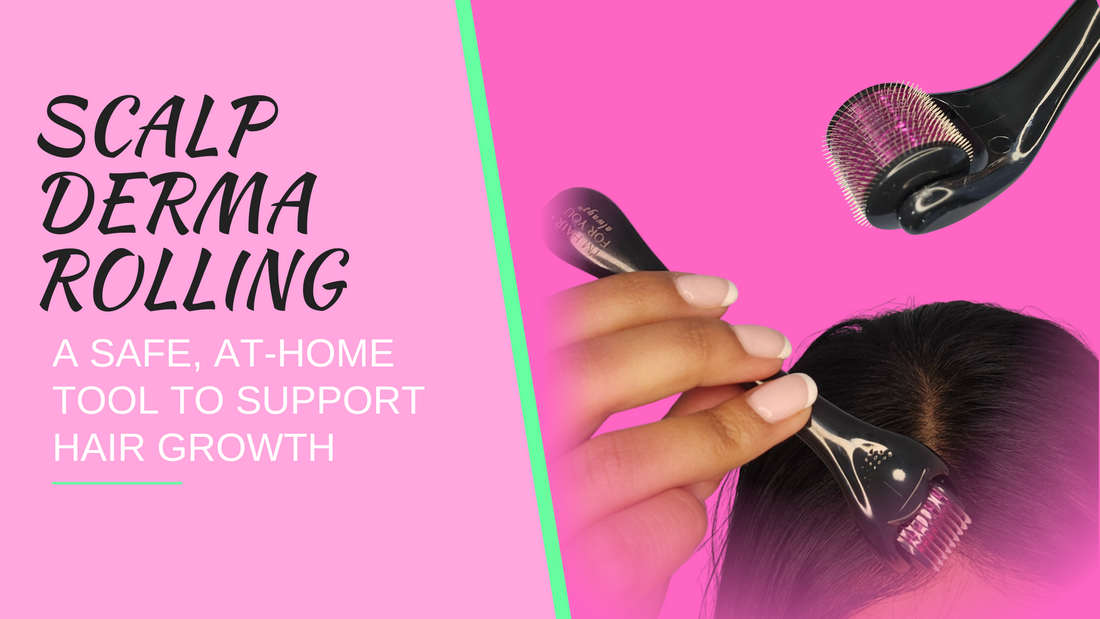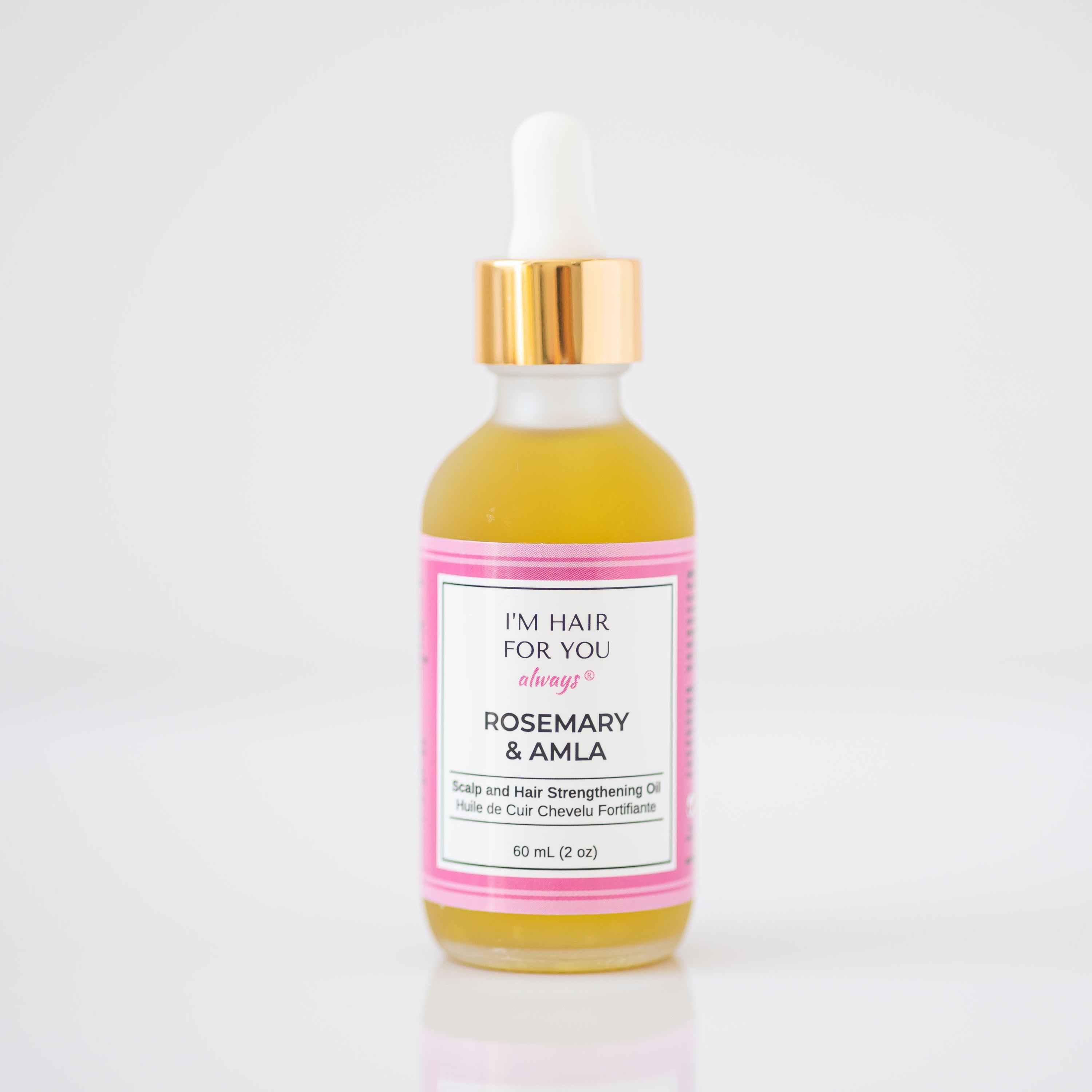Hello, gorgeous! Let’s talk about a hair woe that we’ve all faced at some point – split ends. These little nuisances are more than just a cosmetic concern; they're a cry for help from your hair. But worry not! With the right care, you can bid adieu to split ends and say hello to stronger, healthier hair.
Different Types of Split Ends
Baby Split Ends - Micro Splits: Short, tiny splits that may not be easily visible but can contribute to overall damage
Y- Split - The split forms a Y shape at the end of the hair.

Feather Split - Multiple Feathers: Several splits occur at the end, resembling multiple feathers.

Tree Split - Branching Splits: The split extends into multiple branches, resembling a tree.

Tapered Split - Thick-to-Thin Split: The split starts thick at the top and tapers down to a fine point.

Knot Split - Thick-to-Thin Split: The split starts thick at the top and tapers down to a fine point.

What Causes Split Ends?
Split ends occur when the protective outer layer of the hair cuticle wears away due to external stressors like heat styling, chemical treatments, and environmental factors. When the inner core of the hair is exposed, it becomes weak and damaged, leading to split ends.
Split End Treatment: The Essentials
Feeling frustrated with frayed ends? The journey to reviving your hair starts with effective treatment. The Essentials - The Rejuvenating Duo is your new BFF in this battle. Infused with natural ingredients like rosemary and amla, this dynamic duo works wonders to strengthen your hair and prevent split ends.
Professional Treatments
While home care is crucial, sometimes your hair needs a bit of professional love. Regular trims are a must to keep those ends in check. For an extra boost, ask your stylist about deep conditioning treatments that can replenish moisture and repair damage.
Preventing Split Ends: Your Hair Care Routine Matters
The Right Shampoo and Conditioner
Prevention is key, lovely! Start with a gentle, nourishing shampoo and conditioner. Avoid harsh ingredients that can strip your hair of its natural oils. Instead, look for products that are designed to strengthen and moisturize your hair.
Minimize Heat Styling
We know it's hard to resist, but cutting down on heat styling can significantly reduce the risk of split ends. Embrace your natural hair texture, or if you must style, always use a heat protectant.
Home Remedies and Tips to Keep Split Ends at Bay
Weekly Oil Treatments
Natural oils can be a game-changer in your hair care routine. Our Royal Treatment - Rosemary & Amla Scalp and Hair Strengthening Oil deeply nourishes your hair, keeping it resilient against split ends.
100% Silk Pillowcases and Scrunchies
Little changes in your daily life can make a big difference. Swap out your cotton pillowcases for silk ones to reduce friction, and opt for gentle, snag-free hair ties to prevent breakage. A good night's rest on our Perfectly Pampered - Silk Pillow Case can help reduce hair breakage caused by friction with cotton pillowcases. Also, make sure that whenever you are tying up those precious locks, make sure you opt for the silky smooth benefits gained from our 100% mulberry silk scrunchies which come in a wide variety of gorgeous colours and styles.
Consistency is Key
Like any good relationship, the one with your hair requires commitment and consistency. Regular trims, proper hair care routines, and a little extra TLC can keep those pesky split ends at bay.
Frequently Asked Questions
Q1: What are split ends?
A: Split ends are a common hair issue where the ends of your hair become frayed or split. This can be a sign of hair damage and is not merely a cosmetic concern but indicates your hair is in need of care and attention.
Q2: What causes split ends?
A: Split ends are primarily caused by the wearing away of the hair's protective outer layer due to external stressors. These include heat styling, chemical treatments, and environmental factors which expose the inner core, leading to weakened and damaged hair.
Q3: What are the different types of split ends?
A: There are several types of split ends, including Baby (Micro Splits), Y-Split, Feather Split, Tree Split, Tapered Split, and Knot Split. Each type varies in appearance, from tiny and hardly visible to splits that resemble a tree or have multiple branches.
Q4: How can I treat split ends?
A: For treating split ends, start with natural ingredient-infused products, like the Rejuvenating Duo, that strengthen and prevent further damage. Professional treatments, such as regular trims and deep conditioning, are also effective in managing and repairing split ends.
Q5: How can I prevent split ends?
A: Preventing split ends involves a hair care routine focused on strengthening and moisturizing your hair. Use a gentle shampoo and conditioner, minimize heat styling, and apply natural oils weekly. Additionally, sleeping on silk pillowcases and using silk scrunchies can reduce friction and breakage.
Q6: Are there any home remedies for split ends?
A: Yes, weekly oil treatments with natural oils like rosemary and amla can nourish and strengthen your hair, reducing the risk of split ends. Consistency in your hair care routine, including regular trims and proper product use, is key to keeping your hair healthy and split-end-free.
Q7: How often should I trim my hair to prevent split ends?
A: Regular trims are essential for preventing split ends. While the frequency can vary based on your hair type and growth rate, a general recommendation is to get a trim every 6-8 weeks to maintain healthy ends and reduce split ends.
Q8: Can changing my pillowcase really help prevent split ends?
A: Yes, switching to a silk pillowcase can make a significant difference. Silk reduces friction between your hair and the pillowcase, minimizing the risk of hair breakage and split ends compared to traditional cotton pillowcases.






